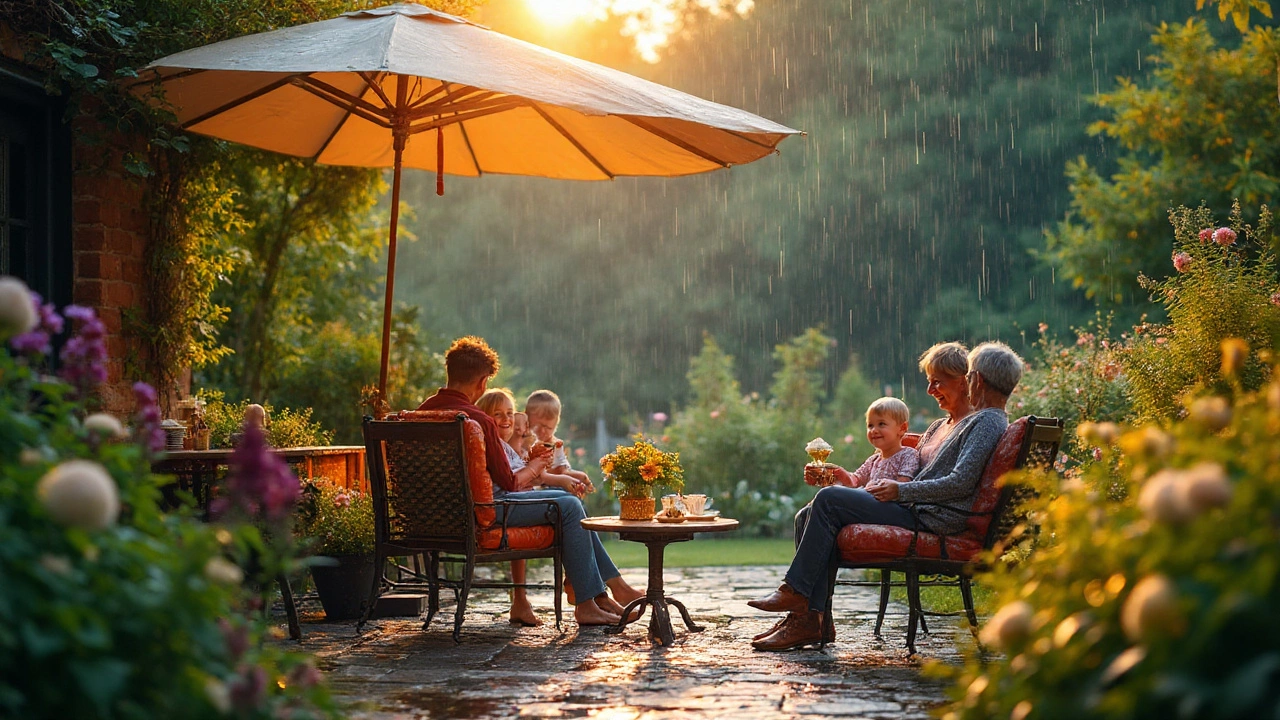Best Patio Materials: What Works, What Doesn’t, and Why
If you’re planning a patio, the surface you pick will decide how long it lasts, how easy it is to clean, and how the space feels. You don’t need a PhD in construction – just a clear idea of what matters to you: budget, look, upkeep, and climate.
Wood, Composite, and Synthetic Decking
Classic wood decks bring warmth and a natural vibe. Cedar and redwood resist rot, but they need regular sealing. If you want the look without the yearly sanding, composite decking is a solid bet. Made from recycled plastics and wood fibers, it stays stable in rain, sun, and even snow. The downside? Composite can get hot in direct sun and usually costs more upfront.
Stone, Brick, and Concrete Pavers
Stone offers timeless elegance. Flagstone, slate, and limestone each have their own texture, letting you create a rustic or sleek patio. Brick is less pricey and gives a charming, patterned finish, though it can chip over time. Concrete pavers are versatile – you can stamp a stone look, add color, or pour a smooth slab. They’re tough, low‑maintenance, and work well in any weather, but the installation can be a bit messy.
When you weigh these options, think about foot traffic. A family with kids and pets benefits from a hard surface like concrete or pavers that won’t splinter. A quiet reading nook can get away with a softer wood deck that feels warm under bare feet.
Cost is another big factor. Roughly, wood decks run $15‑$30 per square foot installed, composites $30‑$45, and stone or pavers $20‑$50 depending on the material and finish. Remember to add about 10‑15% for sub‑base preparation – a well‑made base prevents future cracks.
Maintenance habits differ, too. Wood needs annual resealing, composite just a soap‑and‑water wash, and stone or paver surfaces usually only require sweeping and occasional pressure washing. If you hate chores, go for a low‑maintenance material and budget a little more now.
Eco‑friendly seekers can choose reclaimed wood or recycled composite decking. Some pavers are made from recycled concrete or glass, cutting down on landfill waste. Sustainable options often carry a premium, but many buyers offset that with lower long‑term upkeep.
Climate plays a hidden role. In hot, dry areas, stone can stay scorching, so consider a lighter‑colored concrete or a shaded deck. In rainy zones, make sure the material is slip‑resistant and has proper drainage – a slight slope away from the house does the trick.
Finally, think about style continuity. Match or contrast your patio material with your home’s exterior. A brick home pairs nicely with a brick patio, while a modern glass house looks sharp with a sleek concrete slab.
Bottom line: there’s no one‑size‑fits‑all patio surface. Pick the material that fits your budget, how much work you’re willing to do, and the look you love. With the right choice, your patio will stay inviting for years to come.
Most Weather-Resistant Patio Furniture: The Toughest Outdoor Picks for Longevity
Discover which patio furniture stands up best to sun, rain, snow, and wind. Get practical advice and facts for lasting outdoor style and comfort.
More
